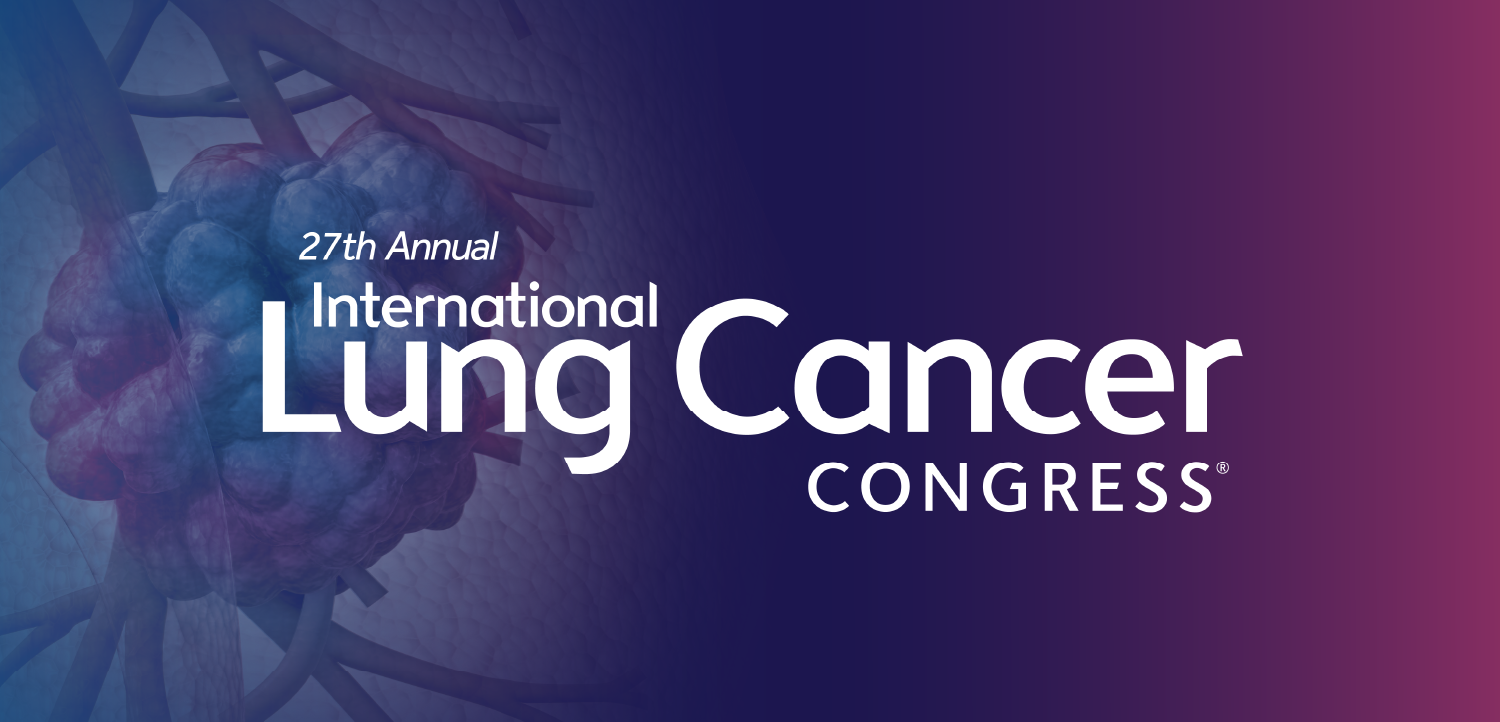
Preeclampsia Linked to Significantly Increased Risk for AMI, Stroke 20 Years After Delivery
A study of more than 1.5 million women with a history of preeclampsia found up to a 4-fold higher risk of MI and 3-fold increased risk of stroke within 10 years of delivery.
For women with a history of preeclampsia associated with a first pregnancy, the risk of acute myocardial infarction (MI)and ischemic stroke remain elevated for up to 2 decades, according to findings from Danish investigators published in the European Journal of Preventive Cardiology.
The registry-based study of more than 1.5 million women found that in the first decade post-partum, rates of AMI were up to 4 times higher and of ischemic stroke up to 3 times higher for women who experienced preeclampsia vs women who did not. Risk for both ischemic cardiovascular events persisted at 20 years, the study authors report, with 1.5- to 2-fold higher rates of AMI and ischemic stroke observed in women with vs those without a history of preeclampsia.
The relative risks were highest among younger women, aged 30 to 39 years, within a decade of preeclampsia but remained substantial more than 20 years later.
“The high risk of cardiovascular disease after pre-eclampsia manifests at young ages and early after delivery,” said lead investigator Sara Hallum, MSc, an epidemiologist and PhD student at the University of Copenhagen, Denmark,
“The high risk of cardiovascular disease after pre-eclampsia manifests at young ages and early after delivery. This indicates that interventions to prevent heart attacks and strokes in affected women cannot wait until middle age when they become eligible for conventional cardiovascular screening programmes.”
Clear and present danger
Preeclampsia affects 2% to 8% of all pregnancies. The well-established body of evidence on the lifetime risk of CVD for women with a history of the complication has led both the American Heart Association and European Society of Cardiology to recognize preeclampsia as a risk factor for CVD among women, study authors wrote. Yet a number of questions remain unanswered, among them how soon and by how much does the risk of CVD increase after a preeclampsia-complicated delivery and does the risk change over time? Current data on timing of CVD onset after these deliveries includes only composite endpoints and participants were mostly older “and eligible for conventional CVD screening.”
Hallum and colleagues designed the current study to answer similar questions, examining “the timing and trajectory” of AMI and ischemic stroke in women with and without a history of preeclampsia.
Investigators tapped data from 3 Danish national registries, linking them with the country’s Medical Birth Register to create a cohort of all women in Denmark with at least 1 pregnancy ending in either live or stillbirth between 1978-2017. After excluding women with any circulatory disorders registered prior to first delivery, the final cohort numbered 1 157 666 women. The median length of follow-up for this cohort was 20.5 (IQR, 10-30.5) years.
FINDINGS
Preeclampsia incidence. Among the final group of participants, 4.0% (n=45 820) had a first pregnancy complicated by preeclampsia. Within this group, 7.1% (n=3270) had early preterm preeclampsia, 11.8% (n=5405) had late preterm preeclampsia, and 81.1% (n=37 145) had term preeclampsia. Over the duration of the study, according to the findings, 58 120 women had 64 357 pregnancies complicated by preeclampsia.
Ischemic events. During 23 503 887 person-years of follow-up, 2.5% (n=8702) of women had an AMI as their first ischemic event and 3.8% (n=13 999) experienced an ischemic stroke as their first event. During the first 20 year following their first pregnancy, 1.2% (n=3089) and 1.8% (n=5119) of women experienced AMI and ischemic stroke, respectively.
Timing. The investigators report that up to 2% (95% CI, 1.46-2.82) of women with preeclampsia during a first pregnancy experienced an AMI or stroke within the first 2 decades following delivery compared with up to 1.2% (95% CI, 1.08-1.30) of women without a preeclampsia-complicated pregnancy. They found further that differences in cumulative incidence between groups became evident at 7 years post-delivery.
Persistent risk. Further analysis suggested that having preeclampsia was associated with a more than 4-fold risk of AMI (HR, 4.16 [95% CI, 3.16-5.49]) and a nearly 3-fold risk of ischemic stroke (HR, 2.59 [95% CI, 2.04-3.28]) during the first 10 years after pregnancy. Of significant note, the relative risk for the ischemic events remained doubled more than 20 years later, leaving women older than age 50 years vulnerable to ischemic CVD.
Hallum et al also were interested in how age at delivery would affect the timing of CVD onset and found after an age-stratified subgroup analysis that women with preeclampsia aged 30-39 years vs those without in the same age group were at a nearly 5-fold increased risk of AMI (HR, 4.88 [95% CI, 3.55-6.71]) and a more than 2-fold increased risk of ischemic stroke (HR, 2.56 [95% CI, 1.95-3.36]).
Women with preeclampsia aged 30-39 years vs those without in the same age group were at a nearly 5-fold increased risk of AMI and a more than 2-fold increased risk of ischemic stroke.
The researchers emphasize their data on timing and trajectory of CVD events will be invaluable to inform screening, prevention and intervention in women impacted by preeclampsia, pointing out that post-partum contact with the health care system “provides a window of opportunity” to identify those at high risk.
“Our study suggests that the women most likely to benefit from screening are those who had preeclampsia after age 35 and those who had it more than once,” they concluded. “Prevention should start within a decade of delivery, for example by treating high blood pressure and informing women about risk factors for heart disease such as smoking and inactivity.”
Reference: Hallum S, Basit S, Kamper-Jorgensen M, Sehested TSG, Boyd HA.
Newsletter
Enhance your clinical practice with the Patient Care newsletter, offering the latest evidence-based guidelines, diagnostic insights, and treatment strategies for primary care physicians.

















































































































































































































































































































